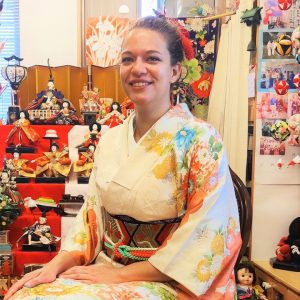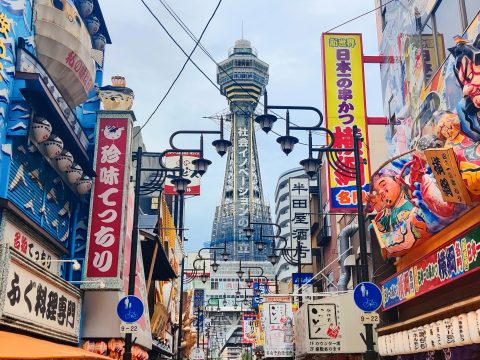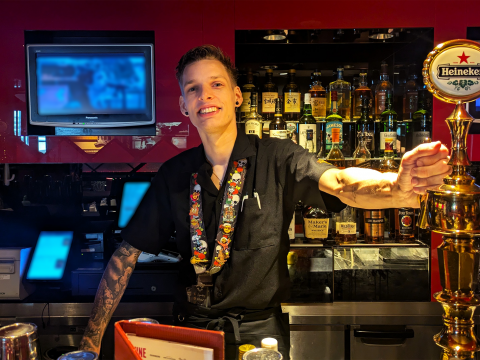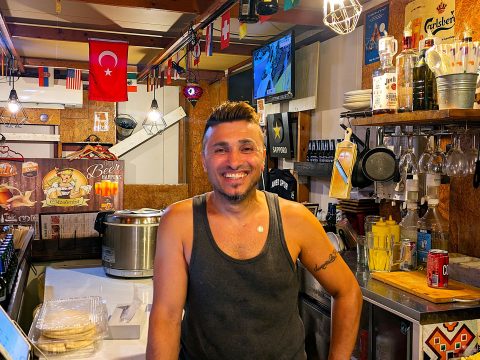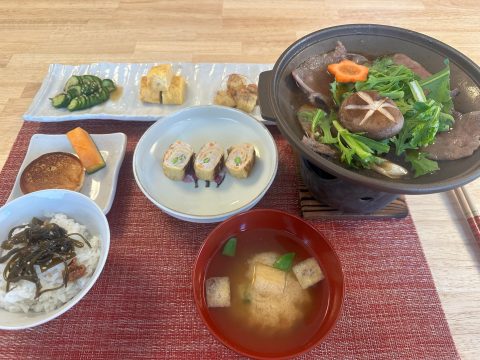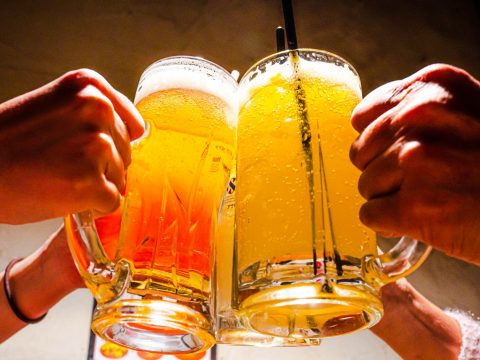Omiyage and Meibuts
JAPANESE FOODS
22.10.2025
Souvenir vs. Omiyage
These souvenirs are called omiyage, and they usually refer to food and drinks. In English, a souvenir is something that you buy when taking a trip, to either give as a present or keep for yourself. In Japanese, however, an omiyage is always something that you give to others after returning from your trip. Of course, Japan isn’t the only country with this custom, but there might be more unwritten rules involved than in other cultures.

In many European countries, for example, people might give a souvenir after visiting another country to their family or close friends. This isn’t always expected, and whether they bring something or not can depend on which country they visited. Besides that, it is less common to bring food or drinks, as the most popular souvenirs are keychains, magnets, and other small memorabilia. In Japan, however, it’s an unwritten rule to give omiyage to family, friends, and coworkers. Especially coworkers cannot be skipped, as it is a way to apologize for taking time off work and to thank them for covering for you.
What Is a Meibutsu?
What kind of food or drinks should you buy? Another unwritten rule is that you buy the meibutsu, or local specialty.
Japan has 47 prefectures, and each prefecture has its own specialties. Often, thanks to the location, climate, and culture of a certain prefecture, there are specific foods or drinks that are famous in that region. This is of such cultural importance and seen as general knowledge that children learn each prefecture’s meibutsu in elementary school.
Some examples of meibutsu are: apples in Aomori, green tea in Shizuoka, grapes in Yamanashi, mangoes in Miyazaki, castella cake in Nagasaki, nihonshu (Japanese sake) in Niigata, yatsuhashi (traditional sweets) in Kyoto, takoyaki in Osaka — and the list goes on and on.

The Endless Variety of Local Flavors
Because this is such common knowledge, it’s almost considered bad manners to visit another prefecture and return without bringing one of that prefecture’s meibutsu as an omiyage.
At the same time, it’s also a convenient way to guide people on what to eat when they travel. At first, it might not seem very impressive to have a few meibutsu per prefecture, but if you’ve ever traveled in Japan, you’ll know that this unlocks a whole food-oriented rabbit hole as soon as you set foot in another region.
Take Aomori Prefecture, for example. Besides its many apple markets and apple shops, it also has famous apple pie, apple juice, apple jam, apple jellies, apple gummies, apple cookies, apple ice cream, apple-flavored potato chips, apple sauce, apple-flavored nihonshu, cider, chocolate-covered apple chips, apple mochi—anything you can imagine. You’ll even see apple designs on the streets, in shops, on clothing and accessories, on buses and taxis—there are apple statues everywhere! Naturally, these omiyage can be bought almost anywhere, and when a prefecture’s meibutsu is a fruit or vegetable, it’s also common to ship fresh produce by cooled transport to anywhere in Japan.

The Convenience and Spirit of Omiyage
Although it might seem slightly goofy sometimes, the omiyage custom is a great way to encourage people to try many varieties of meibutsu and buy matching gifts to take home. Because domestic travel is so common in Japan, bringing food or drinks is easier—and perhaps more popular—than souvenirs such as keychains in other countries.
It’s also cheaper to buy a big box of individually packed snacks to share at your workplace than to give everyone a keychain or magnet. That’s another typical thing about omiyage: they’re designed to be shared. They are always individually wrapped and nicely packed in a sturdy, beautiful box—strong enough to transport and impressive enough to present to your family, friends, or coworkers. You can usually buy boxes with 6, 8, 12, 18, or 24 items, making them convenient for groups of any size.



